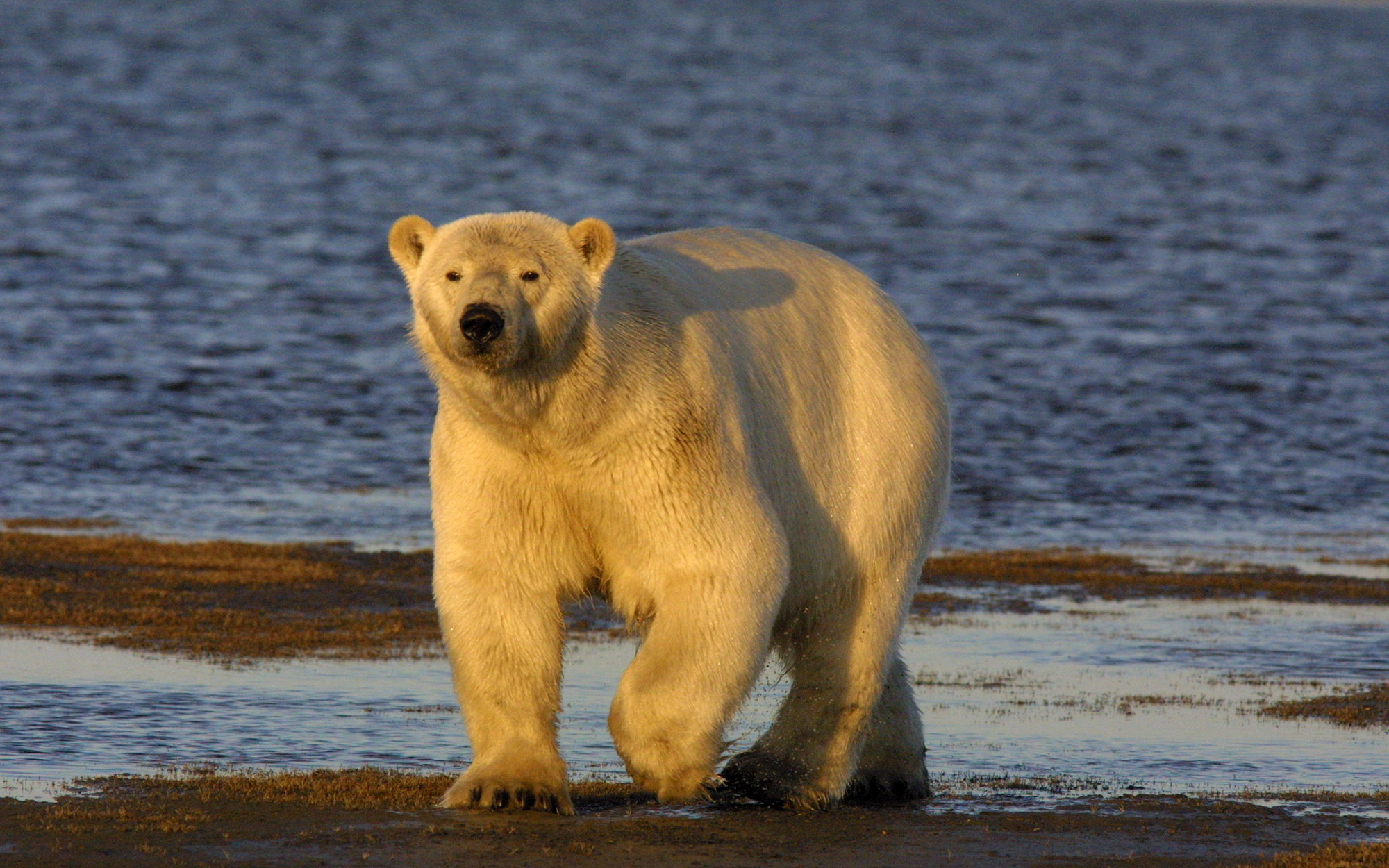As climate change continues to affect wildlife habitats in the Arctic, scientists are paying closer attention to a new hybrid bear species known as a “grolar” or “pizzly” bear. These bears are exactly what they sound like — a cross between a polar bear and a grizzly bear — and the first known hybrid was documented in 2006, when an Idaho hunter killed one in Canada. Improvements in genetic technology have allowed scientists to better understand how and why this hybridization occurs, and a new study out of MacEwan University includes some insights into grizzly-polar bear hybrids.
Using a new genetic sequencing chip, researchers analyzed DNA samples from more than 800 bears in Canada, Alaska, and Greenland that were collected between 1975 and 2015, along with eight previously known hybrid bears that were first identified by researchers in 2017. The study concluded that hybridization is still remarkably rare in these places, but that it could become more common as polar bears continue to lose ground in the North. The study also used genetic analysis to confirm that all eight of the known first-generation grolar bears can be traced back to a single female polar bear in the Canadian Arctic that mated with two different grizzly bears on two separate occasions.
“She had four cubs with two different bears and then at least one of those offspring did actually go and mate with a grizzly bear again,” the study’s lead author Dr. Joshua Miller told the Edmonton Journal.
Miller also explained why the two species have a growing tendency to overlap. And even though the study concluded that “widespread hybridization” is not occurring in most areas where polar bears live, researchers did find evidence of polar bear ancestry among grizzly bear populations in Alaska, Russia, and Alberta.
Read Next: Are Grizzlies and Polar Bears Hybridizing in Alaska?
“Grizzly bears, as the climate gets warmer, will start to shift their range northward,” Miller told the Edmonton Journal, referring to the slice of Northern Canada where the two species’ ranges are known to overlap. “Polar bears will be forced to go south as there’s less sea ice and they are spending more time on shore. So that scenario just gives them more opportunity to interact with one another, or at least pass by.”
This isn’t necessarily a good thing for the bears. Miller pointed out that hybrids are sometimes less physically fit or capable than their parents, which evolved to live in certain habitats. And he said it’s likely that a grizzly-polar bear hybrid would have a hard time thriving in either habitat. However, Miller conceded that it’s “not completely impossible” for continued hybridization to lead to a new and distinct species that could fare better amid a warming climate.
“Hybrids,” Miller said, “aren’t always an evolutionary dead end.”

